Smartphone manufacturers tend to resort to tricky marketing gimmicks as they seek to attract attention to their products and increase sales as a result. The most famous tactics include faking advertising photos, deceiving benchmarks, and misleading renders.
However, these are not the only examples of inappropriate marketing. In this article, you will find nine marketing moves that have been used recently and only cause confusion.
1. Emphasis on meaningless characteristics
A popular marketing gimmick used by smartphone manufacturers is focusing on useless metrics just to stand out from the crowd. For example, in 2020, Samsung offered customers 100x Space Zoom on the Galaxy S20 Ultra.
Of course, the image quality at this scale was terrible. In fact, the shot was pretty poor even at 30x zoom. Obviously, Samsung focused on 100x magnification for marketing purposes only, and not because it was any good.
Samsung isn’t the only smartphone maker to offer incredible yet low-quality zoom. Xiaomi is raising the bar with 120x digital zoom on the Mi 10 Ultra. Again, this is a useless feature that was only added so the company could claim that it has beaten Samsung.
It is also easy to see that OPPO and Xiaomi are focusing on charging speeds of 120 or 100 watts. It’s not all that pointless as you do get the ability to charge your battery in less than 20 minutes. But these speeds often lead to faster battery degradation. Even a power from 50 to 65 W provides a fairly fast charging, but at the same time it does not load the battery so much.
2. Claims of primacy
A move that has existed for several years is the desire of companies to take the lead. It’s not just about wanting to be the best, but about controversial marketing claims.
Sony has been one of the strongest proponents of this tactic in the past, claiming the Xperia Z2 has “the world’s best camera in a waterproof smartphone.” Of course, back then, waterproof smartphones were not very common, but still it seemed that the company was fighting for the title of the “best in the world” device.
Some brands are doing this even now. For example, Realme is showing off the first smartphone in India with a specific budget chipset. Then again, Realme may not be the first to offer a smartphone with this chipset around the world, but the company has a desire to declare that they are the first in anything – and this is annoying.
3. AI is everywhere
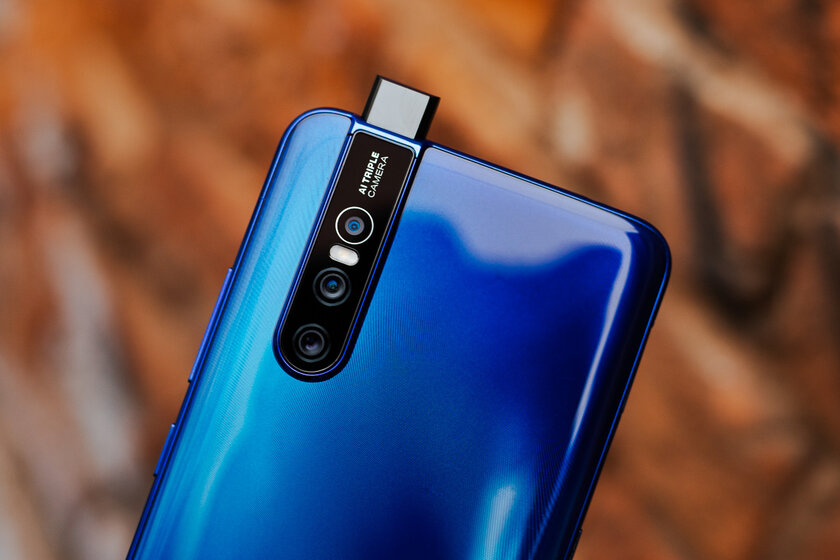
One of the most annoying marketing practices these days is adding the acronyms “AI” (Artificial Intelligence) or “AI” (Artificial Intelligence) to the name of each feature. Many manufacturers are seen to behave like this, affecting both hardware capabilities and software features.
Several brands refer to the shooting modes in the camera app as “AI camera,” although the functionality comes down to more accurate scene and object recognition. Of course, machine learning is sometimes used here, but scene type recognition has been around for a long time and without AI. This does not stop companies from offering camera modes with the “AI” prefix.
Many brands add “AI” to the name of the features, and there is no evidence that artificial intelligence is actually used there.
And some manufacturers like ASUS even offer “artificial intelligence charging”, which adjusts the speed based on previous cycles. Other brands simply call it smart or optimized charging.
The company has reached its “breaking point” in this regard with the 2018 Zenfone 5Z smartphone. It had AI charging, AI Boost (performance mode), AI Scene (recognition of scenes in the camera), AI Ringtone (adjusting ringtone volume based on ambient noise), and AI Photo Learning (automatic photo correction).
OPPO, Vivo, Xiaomi, LG and other companies also offer features like AI face unlock and AI portrait mode, although they actually use software algorithms. Perhaps they believe that adding the word “AI” to the name will make people forget that these are not hardware capabilities (like 3D face recognition for unlocking).
4. Hiding performance problems
Sometimes manufacturers fake benchmark results, but now we’re talking about a slightly different type of marketing. Companies put powerful chips in flagships, but cut performance too much for the sake of good autonomy.
The most prominent example of 2021 is OnePlus with smartphones from the OnePlus 9 line. It was found that they throttled in many popular applications. The company has gone so far as to use only the weak (and energy efficient) cores of the Snapdragon 888 processor in Google Chrome.
And the biggest example of all time was Apple’s Batterygate, which caused older iPhones with degraded batteries to lose performance. So the company extended the autonomy of smartphones with old batteries.
There is no problem with such a move, especially if it does not affect the overall performance and users do not notice the sluggishness. But the bad news is that companies don’t always talk about it, thereby deceiving their customers. The OnePlus case is interesting because you could essentially buy a new flagship with a powerful processor that was simply not used in most applications.
5. Revision of the update policy for marketing purposes
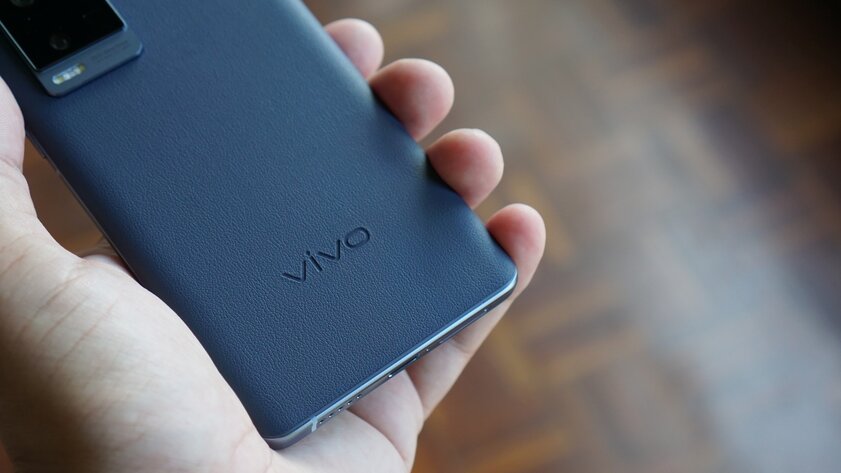
Outside of Google, the king of updates in the Android world is now Samsung, which offers four years of security patches and three years of OS updates for its devices. This promise extends to flagships launched in 2019, foldable devices, tablets and even some models of the budget Galaxy A line (for example, Galaxy A51, Galaxy A71, Galaxy A90).
There is no doubt that Samsung is gaining marketing benefits from such tactics, which is why other manufacturers have also started announcing revisions to their update policies. Unfortunately, brands like OPPO, Vivo and OnePlus are so far behind Samsung in terms of implementation that it looks more like a cheap PR stunt.
In OPPO’s case, the Find X3 series will receive three years of OS updates, but last year’s Find X2 models or any mid-range devices will be left with nothing. At the same time, Vivo announced that the upcoming X70 series will receive three years of OS updates, but the X60 lineup, launched earlier this year, and mid-range devices will be out of luck. OnePlus – usually the leader in long-term support – recently officially announced that the OnePlus 8 series and newer will receive three years of OS updates and four years of security patches, which, however, does not apply to the budget Nord series.
As disappointing as it is, one can understand why brands are limited to just three years of OS updates for flagship smartphones, given the cost of these devices. On the other hand, it’s hard to view OPPO and Vivo’s approaches as anything other than a way to make upcoming releases more compelling while neglecting their “outdated” flagships from a year ago.
6. Misleading specifications
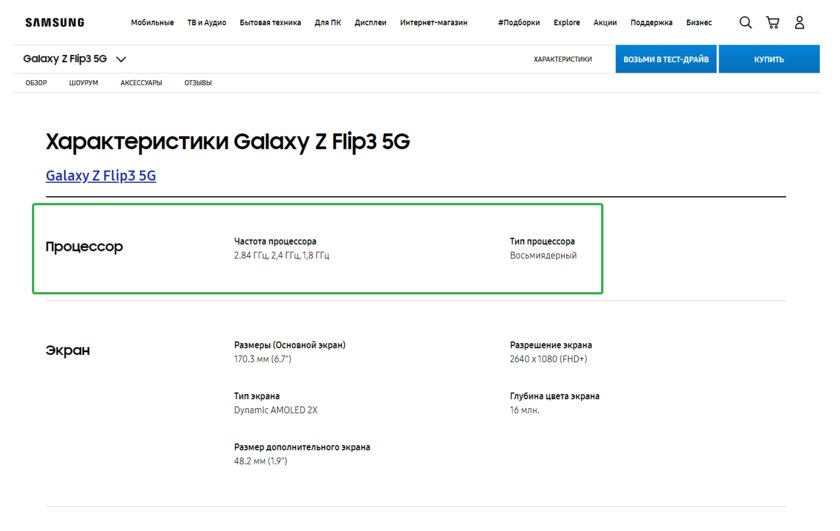
This is another marketing trick used by smartphone manufacturers. They are not telling the truth about the capabilities of their smartphones, simply by keeping some details hidden. For example, some second-tier brands claimed an 8MP camera, when in fact it was a 5MP camera that upscaled the picture to 8MP.
Manufacturers love to show off cameras with three or even four sensors. In fact, additional sensors turn out to be useless – macrosensors are an example of this. They may well be replaced by ultra-wide-angle cameras with autofocus.
Often times, companies simply don’t write device details on their websites. They can omit information about the display technology without explaining whether IPS or AMOLED is being used. And sometimes even hide the data on the type of the chipset, writing only the number of cores. In the second case, there may be a big difference between the budget “eight-core” and the flagship one.
7. Fake transparency
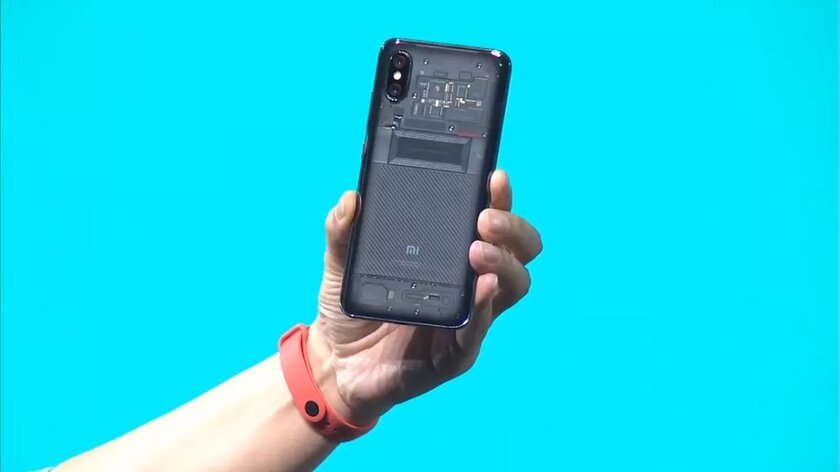
The trend for transparent smartphones was set by Xiaomi in 2018 with its Xiaomi Mi 8 Explorer Edition. It was later followed by HTC. Companies have stated that users will be able to see the insides of devices. Everything would be fine, but the components hiding behind the transparent lids were dummies – the real “hardware” was hidden. It would not be such a problem if companies explicitly stated this fact at the presentation.
8. Not the kind of in-display camera you might think of
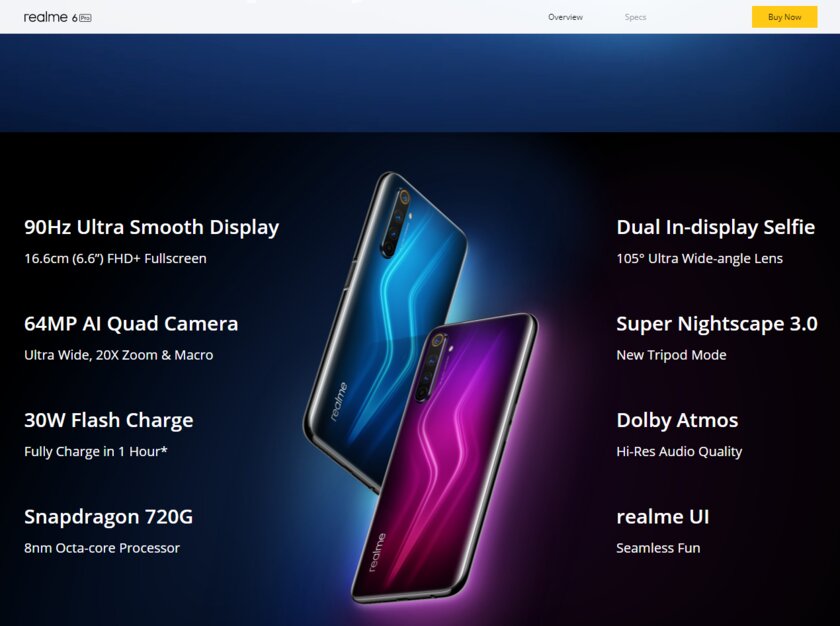
Now sub-screen cameras look like a breakthrough technology that can rid smartphones of bezels, bangs and cutouts. Usually this term refers to cameras that are not visible to users, because they are located under the display.
However, at least one brand has chosen to use this combination of words in a different sense. On the English version of the Realme website, the presence of “In-display Selfie” is declared in the 6 Pro smartphone. Usually this term is applied specifically to new technology. But Realme described the usual notch in the display in this way.
9. Rebranding of smartphones
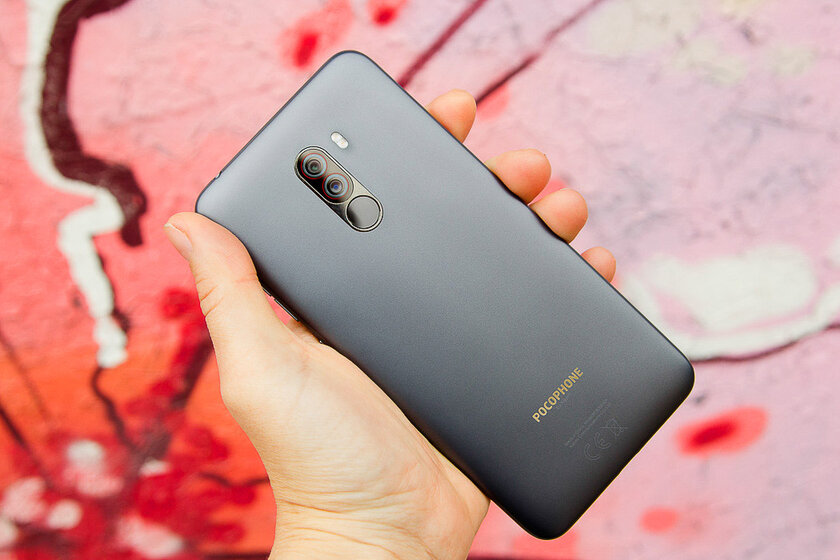
One of the most controversial marketing tactics is when manufacturers release a smartphone under multiple names. This is common for companies like Huawei, OPPO, OnePlus, Realme, and Xiaomi.
So, in Poco F2 Pro from Pocophone only the name. This tactic is usually used to save time and money developing something from scratch. Sometimes this is done because a brand in one region may not be as popular as in another. For example, the Chinese Redmi K30 4G is sold in India under the name Poco X2.
On the surface, this isn’t the worst marketing ploy of all. The only problem is that manufacturers do not disclose the reasons for rebranding – there is not enough transparency in this regard.
This article was written based on material from Android Authority.
Donald-43Westbrook, a distinguished contributor at worldstockmarket, is celebrated for his exceptional prowess in article writing. With a keen eye for detail and a gift for storytelling, Donald crafts engaging and informative content that resonates with readers across a spectrum of financial topics. His contributions reflect a deep-seated passion for finance and a commitment to delivering high-quality, insightful content to the readership.






